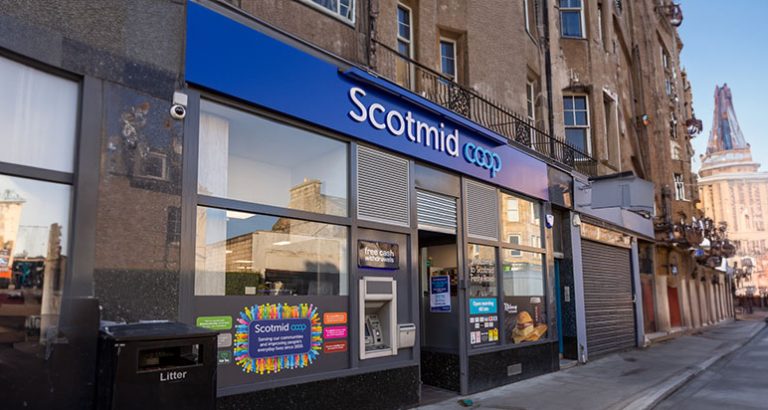Scotland saw the deepest decline in retail footfall of all regions at -21.2% for the four weeks ended 28 August, compared to pre-pandemic figures, new figures reveal.
BRC-Sensormatic IQ data, for the four-week period, show Wales saw the shallowest footfall decline of all regions at -16.5%, followed by Northern Ireland at -16.6%, and England at -17.9%.
The data shows footfall on high streets declined by 24.8% in August compared to pre-pandemic figures. This is 9.8 percentage points above last month’s rate and above the three-month average decline of 31.0%.
Shopping Centre footfall declined by 32.9% on pre-pandemic figures, this 5.5 percentage points above last month’s rate, and above the three-month average decline of 36.6%.
Helen Dickinson, Chief-Executive of British Retail Consortium, said: “Following months of little improvement, August footfall was a tentative step in the right direction. There were minor improvements with the return of some workers to the office and domestic tourism through August, however overall footfall remained significantly down compared to the pre-pandemic peak.
“For our local communities to thrive, government must deliver on the commitment it made in the business rates review to reduce the overall burden of the tax, which is hindering retailers’ ability to invest and create jobs and is leading to store closures across the country. It is vital the government delivers on this commitment when it publishes the conclusion of its review over the coming months.”
Andy Sumpter, Retail Consultant EMEA for Sensormatic Solutions, added: “Bolstered by staycationer shopper traffic and the back to school boost, August saw footfall recovering to its highest point compared to pre-pandemic levels so far this year. In every UK city we track showed improved shopper counts, as vaccine confidence won out against the fears and spread of the Delta variant.
“Sustaining this recovery into the autumn – and as retailers head towards the critical Golden Quarter of peak trading – is no longer just reliant on maintaining consumer confidence. Getting stock on shelves has always been a given retail imperative. But amidst the ongoing disruption to stock availability, exacerbated by both Brexit and Covid-19, shoring up supply chains to meet elevated levels of demand, and offering alternative delivery formats like click-and-collect to ease the burden on the digital fulfilment network, will become even more mission critical if recovery is set to continue.”








